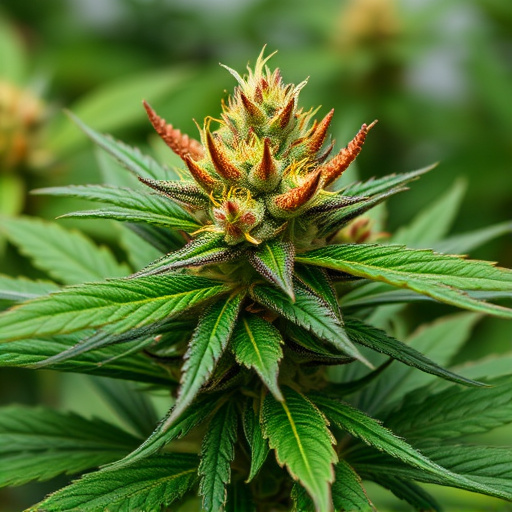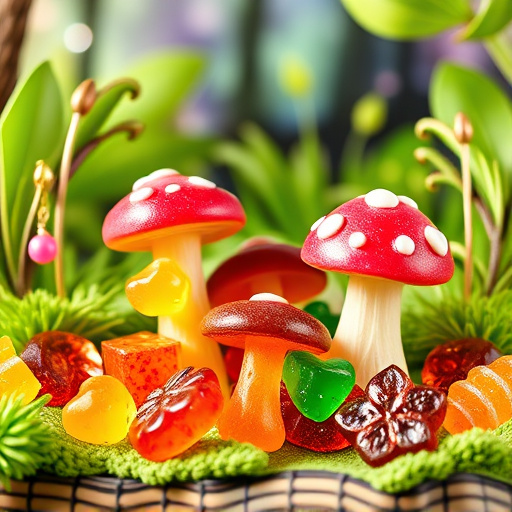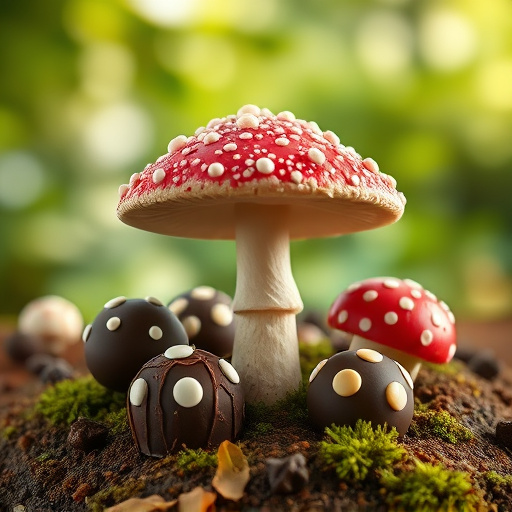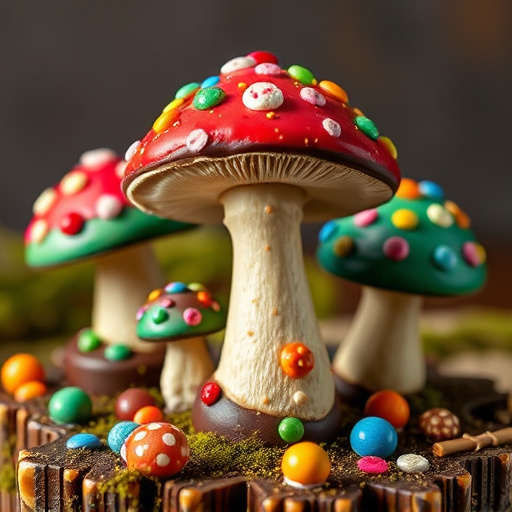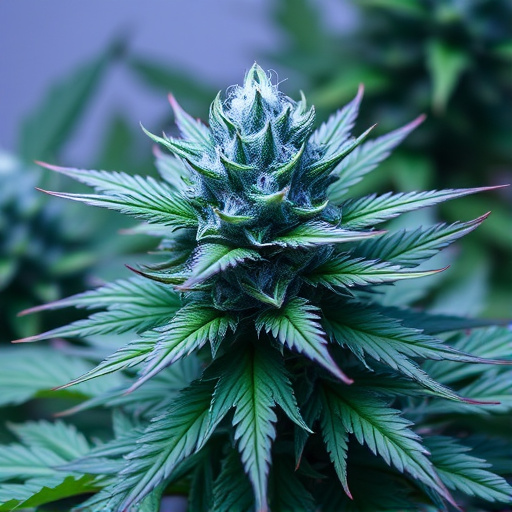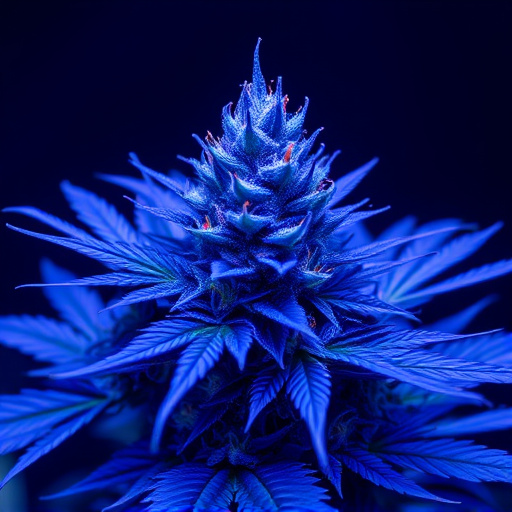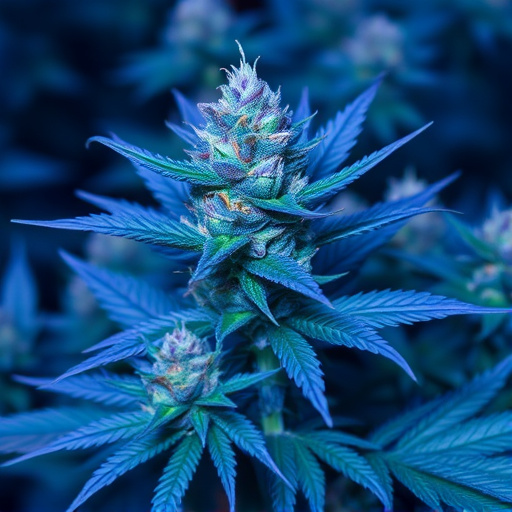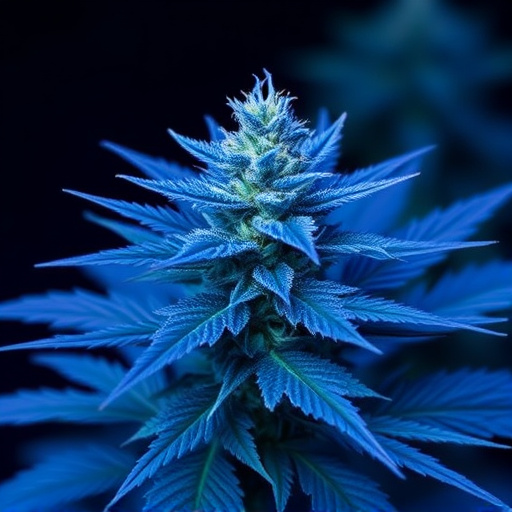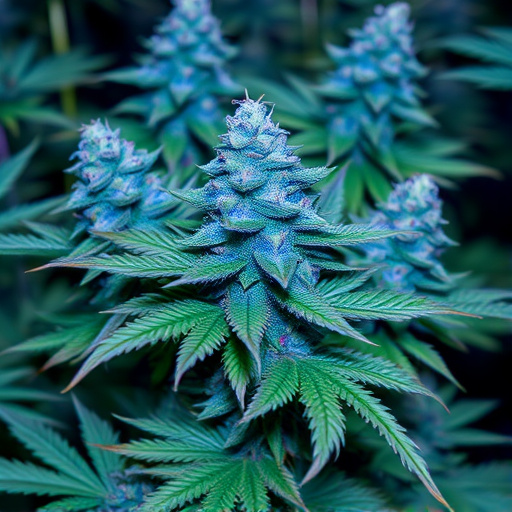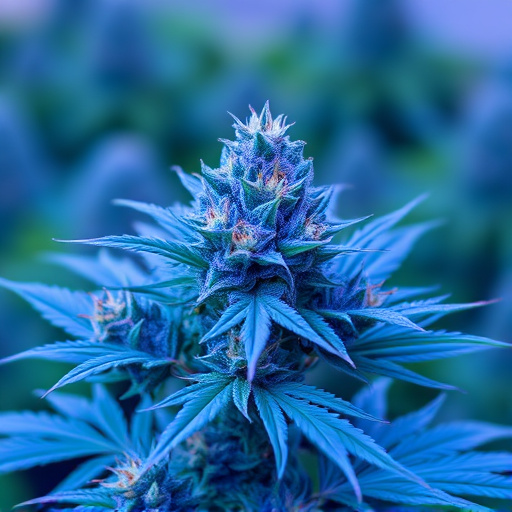The distinct aroma and flavor of blue marijuana strains are primarily driven by their genetic makeup, which influences terpene levels. Key environmental factors like climate, soil composition, and regional geology further tailor these unique scents. Careful cultivation techniques, including controlled growing conditions and specialized processing, play a vital role in amplifying the desirable aromas and potencies associated with blue strains.
Unraveling the intricate secrets of cannabis aroma involves a fascinating dance between nature and nurture. This article explores the multifaceted factors that shape the aromatic profile of this enigmatic plant, from its genetic roots to environmental influences and cultivation practices. We delve into the critical role of terpenes, the chemical compounds responsible for the distinctive scents of blue marijuana strains, offering insights that cater to both connoisseurs and scientists seeking to enhance cannabis experiences.
Genetic Profile and Terpene Composition
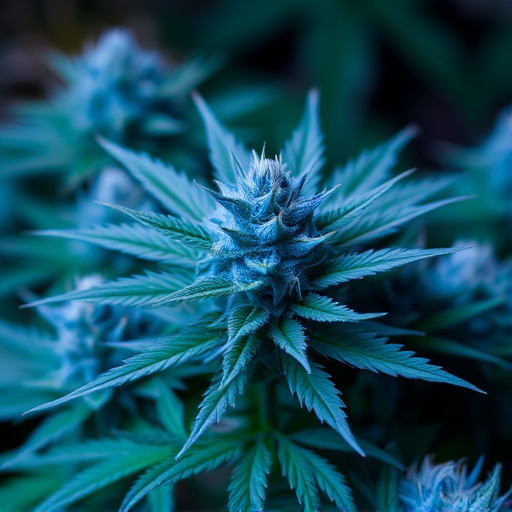
The genetic profile of cannabis plants plays a pivotal role in determining their aroma and flavor profiles. Each strain possesses a unique combination of genes that influence the development of various chemical compounds, including terpenes and cannabinoids. For instance, specific blue marijuana strains are renowned for their distinct and often potent aromas due to their specialized genetic makeup. These strains often exhibit higher levels of myrcene, a terpene known for its earthy and musky notes, which significantly contribute to their characteristic scent.
Terpene composition is another crucial aspect that contributes to the diverse aromas within cannabis varieties. Terpenes are volatile organic compounds responsible for the plant’s distinct fragrance. Different strains produce unique blends of terpenes, leading to a vast array of scents, ranging from fruity and floral to spicy and woody. Blue marijuana strains, in particular, often feature terpene profiles that include limonene, known for its citrusy aroma, and linalool, which imparts a relaxing lavender-like scent. These chemical compounds not only affect the smell but also interact with cannabinoids, enhancing or modifying their effects on the user’s sensory experience.
Environmental Factors

The environment in which cannabis plants are grown plays a significant role in shaping their unique aromas. Factors like climate, soil composition, and even the specific region can contribute to the final scent profile. For instance, blue marijuana strains, known for their distinct characteristics, often thrive in cooler climates with lower humidity levels. These conditions allow for slower plant growth, which can concentrate essential oils and compounds responsible for the strain’s aroma.
Additionally, soil health and nutrition significantly impact cannabis scent. Plants grown in well-balanced, nutrient-rich soil tend to develop more robust aromas due to increased access to vital minerals. Certain regions with distinct geological compositions also influence the overall fragrance, as different mineral contents in the soil can alter the terpene profiles—the aromatic compounds that give cannabis its signature scents.
Cultivation and Processing Techniques
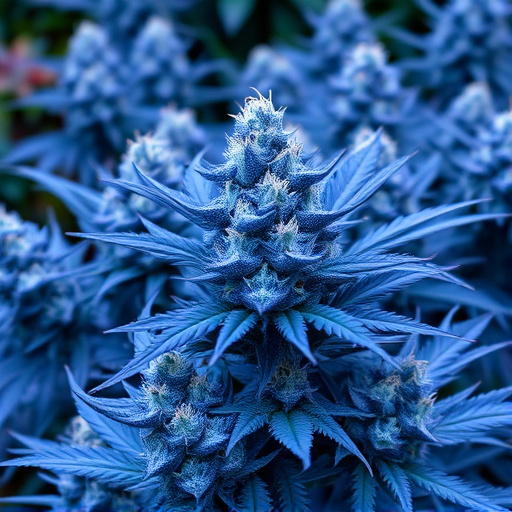
Cultivation and processing techniques play a pivotal role in determining the aroma of cannabis, especially when it comes to sought-after blue marijuana strains. Farmers and growers employ various methods to enhance specific aromatic profiles. For instance, controlled environmental conditions, including temperature, humidity, and lighting, can significantly impact terpene production and concentration—terpenes being the key contributors to the unique scents and flavors associated with different cannabis varieties.
In the processing stage, techniques like curing, trimming, and specific drying methods further refine the aroma. Curing involves storing harvested flowers in a controlled environment over an extended period, allowing for the development of complex terpenes and enhancing overall potency. Trimming and selective harvesting practices ensure that only the most aromatic buds are selected, preserving their delicate scents before they’re even processed further.
The unique aroma of cannabis, particularly in sought-after blue marijuana strains, is a complex interplay between genetic makeup, terpene profiles, environmental conditions, and cultivation methods. Understanding these factors is key to unlocking the diverse and captivating scents that make each strain distinct. By exploring these elements, cultivators can refine their techniques to produce cannabis with aromas that cater to the sophisticated palates of enthusiasts, ensuring a truly exceptional sensory experience.

